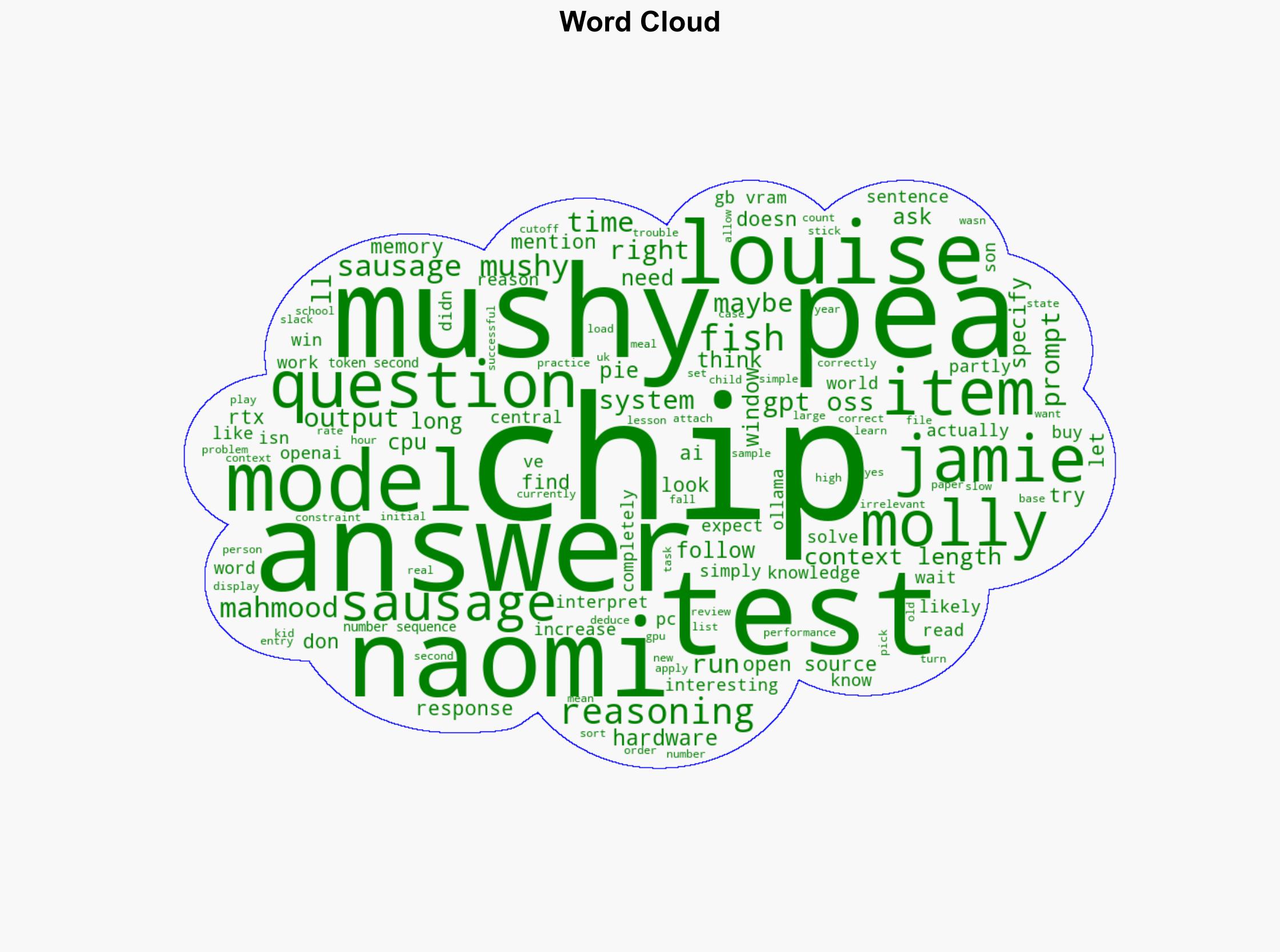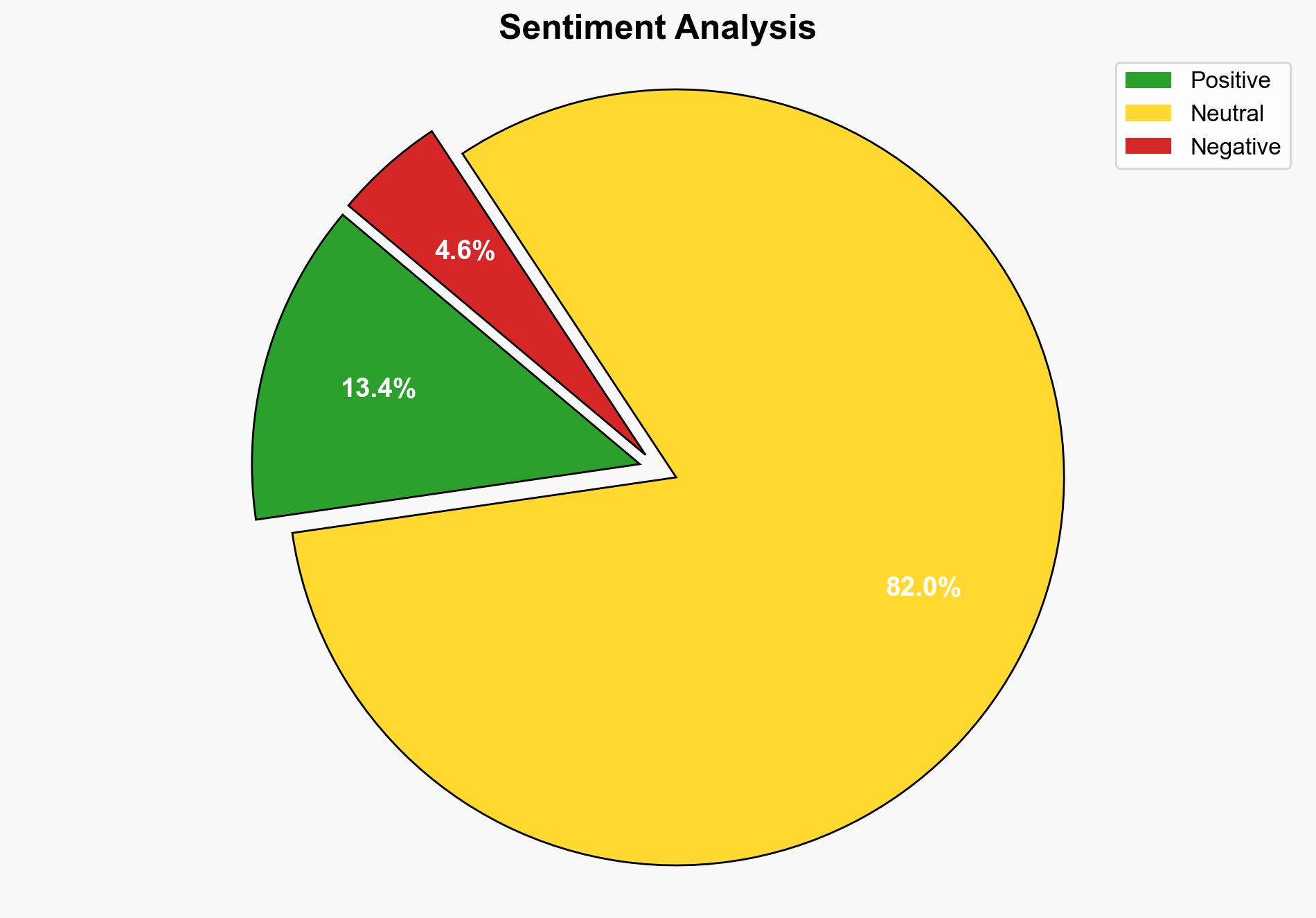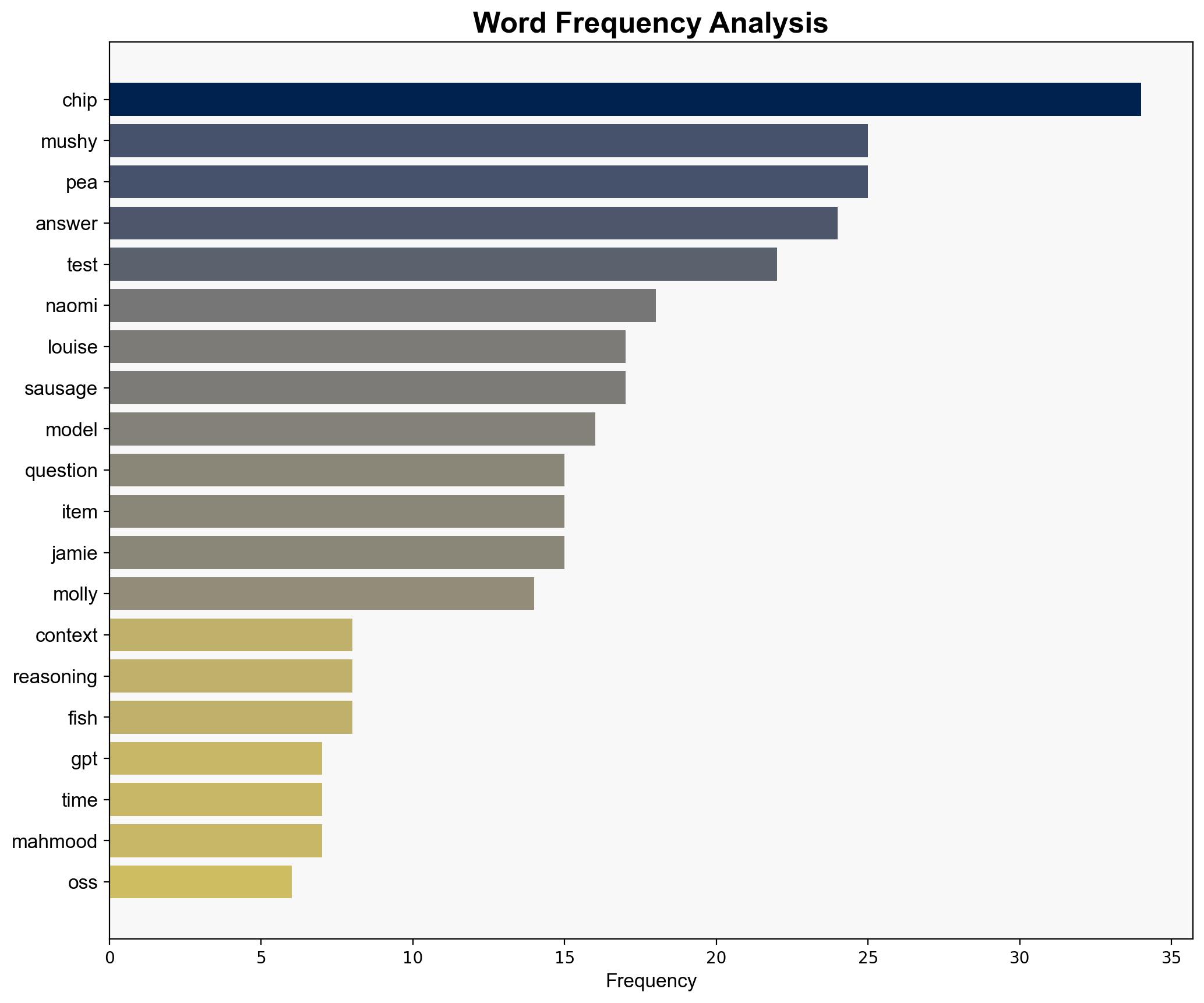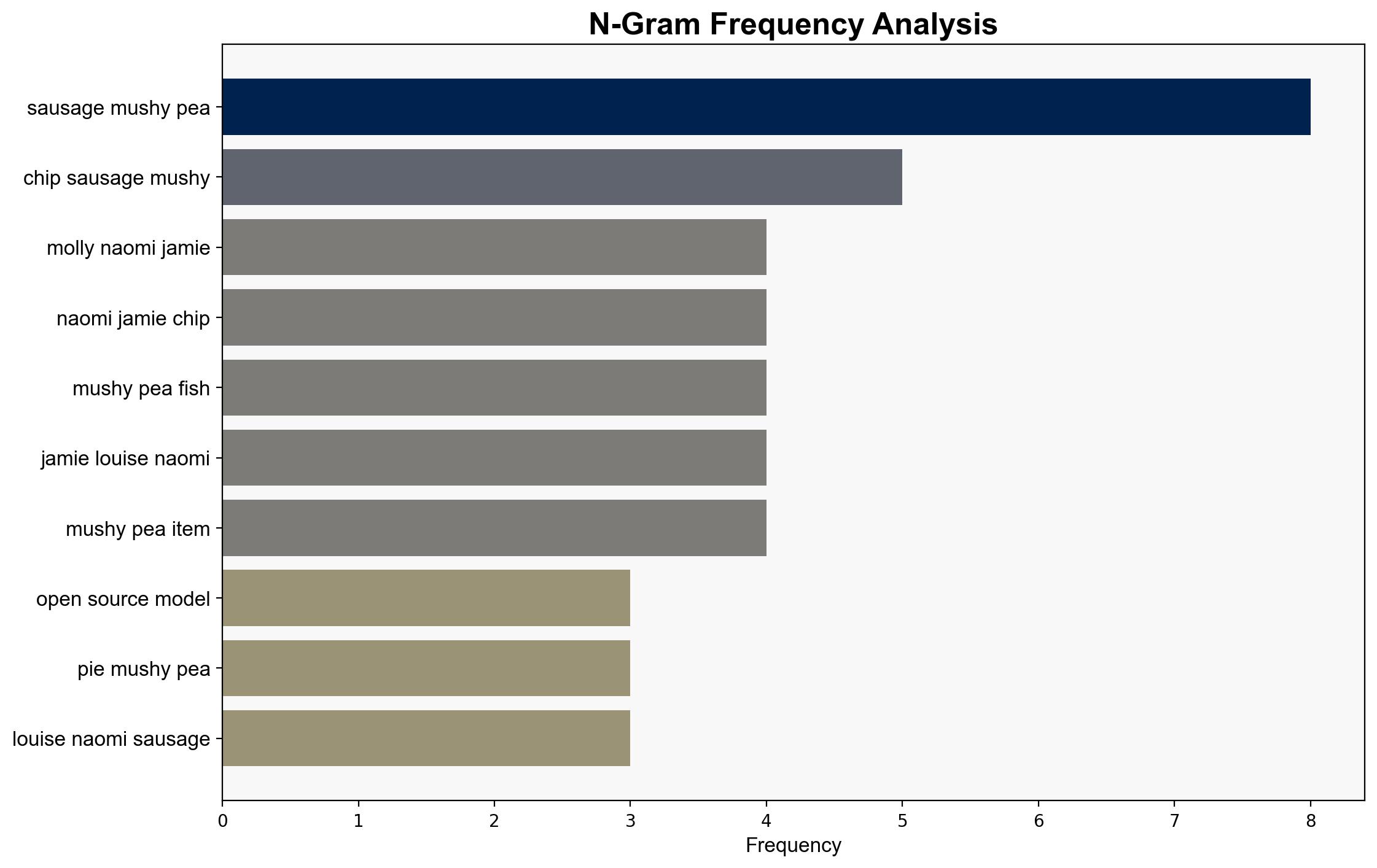We gave OpenAIs open-source AI a kids test heres what happened – Windows Central
Published on: 2025-08-16
Intelligence Report: We gave OpenAIs open-source AI a kids test heres what happened – Windows Central
1. BLUF (Bottom Line Up Front)
The analysis suggests that OpenAI’s open-source AI model struggles with tasks requiring contextual understanding and logical reasoning, as evidenced by its performance on a children’s test. The most supported hypothesis is that the model’s limitations stem from inadequate training data and algorithmic constraints. Confidence in this assessment is moderate. It is recommended to enhance the model’s training datasets and refine its algorithms to improve contextual and logical reasoning capabilities.
2. Competing Hypotheses
1. **Hypothesis A**: The AI model’s poor performance is primarily due to insufficient training data that lacks diversity in problem-solving contexts.
2. **Hypothesis B**: The AI model’s algorithmic design is inherently limited in its ability to process and understand complex logical sequences, leading to poor performance on the test.
Using ACH 2.0, Hypothesis A is better supported as the model’s responses indicate a lack of contextual understanding, which is more likely due to training data limitations rather than fundamental algorithmic flaws.
3. Key Assumptions and Red Flags
– **Assumptions**: It is assumed that the AI model’s training data is not comprehensive enough to cover diverse problem-solving scenarios. Another assumption is that the model’s architecture is capable of improvement through better data.
– **Red Flags**: The model’s inability to answer questions correctly raises concerns about its application in real-world scenarios requiring nuanced understanding.
– **Blind Spots**: There may be undisclosed limitations in the AI’s algorithm that are not evident from the test results alone.
4. Implications and Strategic Risks
The AI’s current limitations could hinder its deployment in critical applications where accurate reasoning is essential. This poses risks in sectors relying on AI for decision-making. Additionally, if these issues are not addressed, it could lead to a loss of confidence in open-source AI solutions, affecting their adoption and development.
5. Recommendations and Outlook
- Enhance the diversity and scope of the training datasets to improve the AI’s contextual understanding and reasoning abilities.
- Conduct a thorough review of the AI’s algorithmic framework to identify potential areas for improvement.
- Scenario Projections:
- Best Case: Improved AI model with enhanced reasoning capabilities, leading to broader adoption.
- Worst Case: Continued underperformance leading to decreased trust in open-source AI solutions.
- Most Likely: Incremental improvements with gradual adoption in less critical applications.
6. Key Individuals and Entities
– OpenAI
– Windows Central (as the reporting entity)
7. Thematic Tags
artificial intelligence, machine learning, open-source technology, algorithmic development




